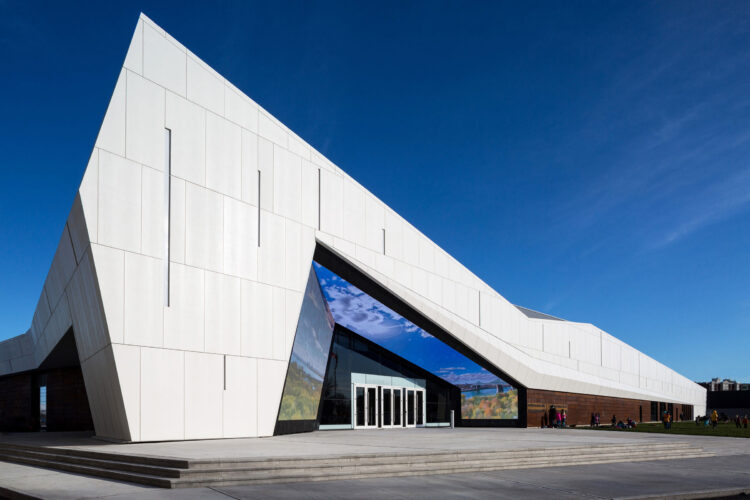
Trekking Mount Kilimanjaro is a thrilling adventure that offers the opportunity to conquer Africa’s highest peak and experience the breathtaking beauty of Tanzania’s landscapes.
Here’s what you need to know to embark on this unforgettable journey:
1. Choose Your Route: Kilimanjaro offers several trekking routes, each with its unique scenery, difficulty level, and acclimatization profile. The most popular routes include the Marangu Route (also known as the “Coca-Cola Route”), Machame Route, Lemosho Route, and Rongai Route. Research the routes carefully to determine which one best suits your preferences, fitness level, and available time.
2. Acclimatization and Altitude: Proper acclimatization is crucial for a successful summit attempt on Kilimanjaro. Choose a route with a gradual ascent profile and built-in acclimatization days to allow your body to adjust to the altitude. Stay hydrated, eat nutritious meals, and listen to your body’s signals to avoid altitude-related illnesses such as altitude sickness.
3. Physical Preparation: Trekking Kilimanjaro requires a good level of physical fitness and stamina, especially for the challenging summit day. Start a training regimen several months before your trek, focusing on cardiovascular exercises, strength training, and hiking with a loaded backpack to simulate the conditions you’ll encounter on the mountain.
4. Pack Proper Gear: Invest in high-quality trekking gear and clothing suitable for varying weather conditions, including warm layers for cold nights and waterproof outerwear for rain or snow. Essential items to pack include a sturdy pair of hiking boots, a warm sleeping bag, a comfortable backpack, trekking poles, and a headlamp for early morning summit attempts.
5. Guided vs. Self-Guided: While it’s possible to trek Kilimanjaro independently, most climbers opt to join a guided trek with experienced local guides and support staff. Guides provide valuable expertise, assistance, and safety precautions throughout the trek, increasing your chances of a successful summit and ensuring a memorable experience.
6. Respect the Environment: Kilimanjaro is a UNESCO World Heritage Site and a fragile ecosystem that must be preserved for future generations. Practice Leave No Trace principles by packing out all waste, minimizing your environmental impact, and respecting local customs and regulations. Support responsible tourism operators that prioritize sustainable practices and contribute to the local community.
7. Enjoy the Journey: Climbing Kilimanjaro is not just about reaching the summit; it’s also about enjoying the journey and immersing yourself in the stunning natural beauty of the mountain. Take time to appreciate the breathtaking landscapes, diverse flora and fauna, and camaraderie with fellow trekkers and guides along the way.
8. Safety First: Prioritize safety at all times during your Kilimanjaro trek. Listen to your guides’ instructions, stay hydrated and well-rested, and be prepared to adjust your plans in response to changing weather or health conditions. Remember that reaching the summit is optional; your safety and well-being are paramount.
Trekking Mount Kilimanjaro is a challenging but immensely rewarding experience that will push you beyond your comfort zone and leave you with unforgettable memories.
With proper preparation, a positive attitude, and a spirit of adventure, you can conquer Africa’s highest peak and achieve your dream of standing on the roof of Africa.
Read more on Travels On Click:
Tahitian Paradise: Overwater Bungalows and Polynesian Culture
Exploring the Wonders of the Sahara: A Desert Adventure
Rio de Janeiro Carnival: A Spectacle of Samba and Culture

